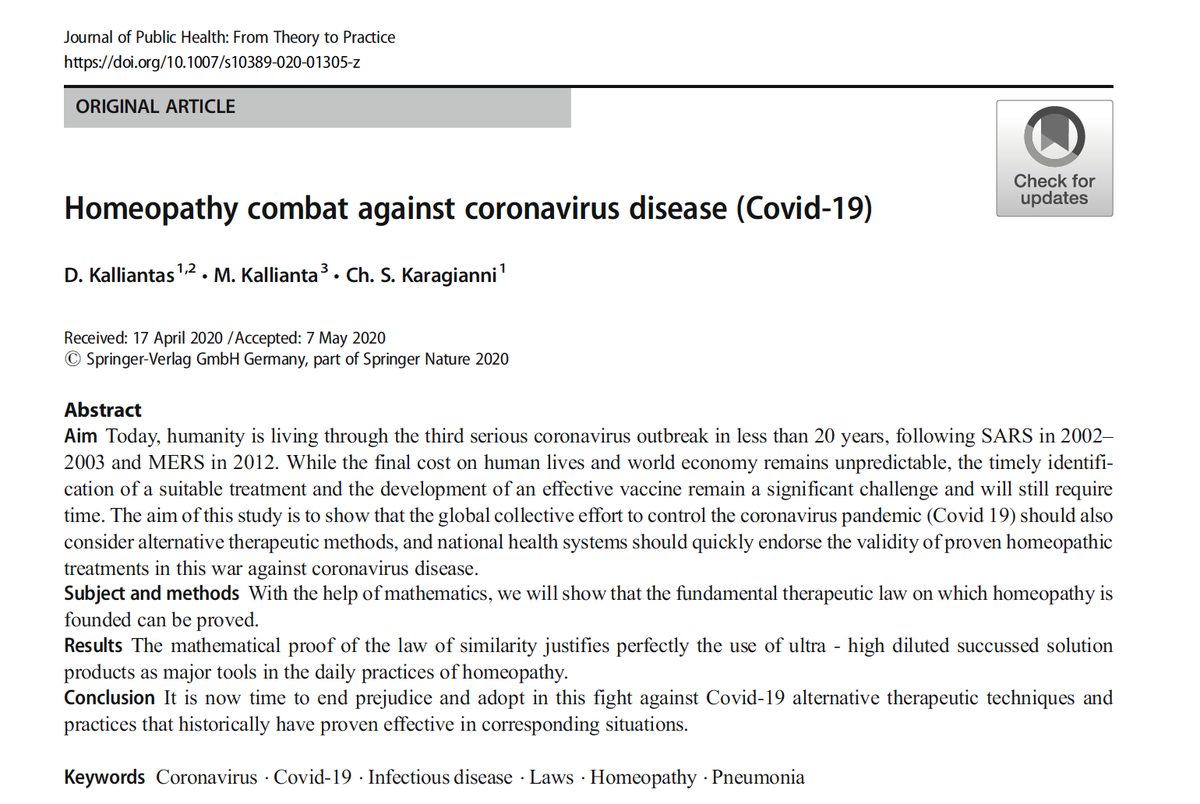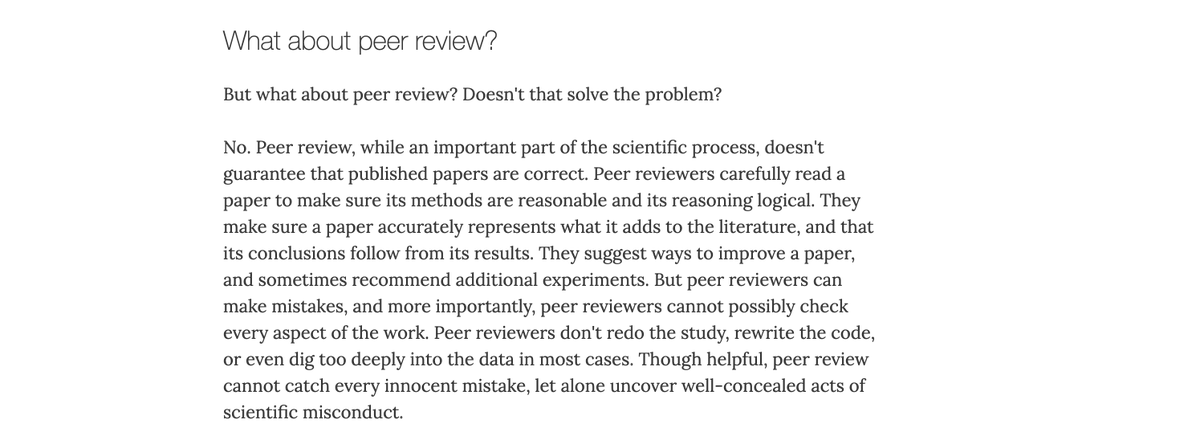
Jevin West was away today so in lecture I was able to sneak in one my favorite topics, observation selection effects.
Let's start a little puzzle.
In Portugal, 60% of families with kids have only one child. But 60% of kids have a sibling.
How can this be?
Let's start a little puzzle.
In Portugal, 60% of families with kids have only one child. But 60% of kids have a sibling.
How can this be?
People are all over this one! And some are out ahead of me (looking at you, @TimScharks). We'll get there, I promise!
There are fewer big families, but the ones there are account for lots of kids.
If you sampled 20 families in Portugal, you'd see something like this.
There are fewer big families, but the ones there are account for lots of kids.
If you sampled 20 families in Portugal, you'd see something like this.

@TimScharks Now let's think about class sizes.
Universities boast about their small class sizes, and class sizes play heavily into the all-important US News and World Report college rankings.
For example, @UW has an average class size of 28.
Pretty impressive for a huge state flagship.
Universities boast about their small class sizes, and class sizes play heavily into the all-important US News and World Report college rankings.
For example, @UW has an average class size of 28.
Pretty impressive for a huge state flagship.

@TimScharks @UW But you ask students, their experiences tends not to reflect these numbers.
Students typically report that almost all of their classes were bigger than the listed average class size.
How can that be? Are universities lying about average class size?
Students typically report that almost all of their classes were bigger than the listed average class size.
How can that be? Are universities lying about average class size?
@TimScharks @UW Not at all.
But average class size isn't the most relevant metric for *students*.
Classes are like families in Portugal. Most of them are small, but because they are small, a minority of individuals are in them. Most students are in the comparably few huge classes.
But average class size isn't the most relevant metric for *students*.
Classes are like families in Portugal. Most of them are small, but because they are small, a minority of individuals are in them. Most students are in the comparably few huge classes.
@TimScharks @UW It's surprisingly hard to get data on class sizes, but Marquette University provides binned data. If we use bin averages, we get the table below. Average class size is 26. Average *experienced* class size, the average size experienced by a student, is very nearly twice that, 51. 

@TimScharks @UW This leads to some cool results. If you stood on campus and asked passers-by "How big is your next class", the professors' answers would average 26 (there's one prof per class) but the students' would average 51 (bigger classes have more students in them). 

Now that the family and class sizes examples are clear, we can turn to a classic result in this area, the Friendship Paradox.
The weak form of the friendship paradox says that with high probability your average (mean) friend has more friends than you do.
The weak form of the friendship paradox says that with high probability your average (mean) friend has more friends than you do.
It's not just IRL friends; the same holds for facebook friends, twitter followers, instagram followers, twitch followers, houseparty friends, or whatever it is that you kids do these days.
But wait, really? Even for @callin_bull?
I mean, we've got a lot of twitter followers.
But wait, really? Even for @callin_bull?
I mean, we've got a lot of twitter followers.

Yep! It's definitely true for this account.
We just followed @rihanna. She's got 100M twitter followers. We follow 2849 other people as well.
Even if NONE of them had a single follower, the mean number of followers that people we follow have would be 100M/2849=35100 followers!
We just followed @rihanna. She's got 100M twitter followers. We follow 2849 other people as well.
Even if NONE of them had a single follower, the mean number of followers that people we follow have would be 100M/2849=35100 followers!

When you look it at that way, it's not so surprising. Mean values are driven by large outliers. If you follow a few highly-followed people, the weak friendship paradox will apply to you.
One recent study showed that the weak friendship paradox holds for 93% of facebook users.
One recent study showed that the weak friendship paradox holds for 93% of facebook users.
The strong friendship paradox is a lot more surprising. It says that for most people, their median friend will have more friends than they do.
Now following @rihanna isn't going to do the trick, and in fact the strong form of the paradox doesn't hold for @callin_bull.
Now following @rihanna isn't going to do the trick, and in fact the strong form of the paradox doesn't hold for @callin_bull.
But it does hold for 84% of facebook users. This seems surprising. Wouldn't you think that half of people would have more friends than their median friend?
They don't, for the same reason that we encountered with family composition and class sizes.
They don't, for the same reason that we encountered with family composition and class sizes.
Think about it this way.
Suppose most of us have 10-50 friends (back to IRL).
An introvert with five friends makes five people feel good about themselves; a socialite with a hundred friends makes a people feel unpopular.
Suppose most of us have 10-50 friends (back to IRL).
An introvert with five friends makes five people feel good about themselves; a socialite with a hundred friends makes a people feel unpopular.
That's the strong friendship paradox.
At least until tomorrow, we'll leave with a cheery thought. The same principle applies to intimate relationships as well.
Chances are, the majority of your partners have slept with more people than you have.
Sweet dreams.
At least until tomorrow, we'll leave with a cheery thought. The same principle applies to intimate relationships as well.
Chances are, the majority of your partners have slept with more people than you have.
Sweet dreams.
• • •
Missing some Tweet in this thread? You can try to
force a refresh








